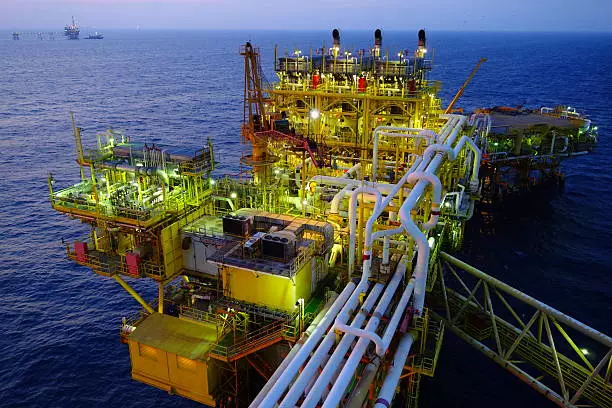The Brent crude oil market has been experiencing considerable fluctuations, with the price sinking to $73.92 recently, marking a significant downturn for 2025. This decline of over 9% since January 15 raises questions about the interplay of various economic and political factors influencing oil prices. Particularly, the bearish outlook seems largely correlated with the policies of the current US administration, which has created uncertainty in global markets.
The ongoing trade tensions between the United States and China have been a major force driving Brent crude prices downwards. President Donald Trump’s administration has been vocal about its intentions to impose additional tariffs, further aggravating the situation and contributing to a climate of volatility. This political backdrop complicates the oil landscape, as market participants react to the potential threats of economic repercussions stemming from trade disputes.
Moreover, Trump’s declaration to ramp up domestic oil production adds another layer of complexity. Higher production levels in the US could lead to increased inventory, further exerting downward pressure on crude prices. The US Treasury’s recent sanctions targeting individuals and tankers involved in the transport of Iranian crude oil to China serve to amplify these market dynamics, driving speculation and influencing price movements.
Examining the technical elements of the XBR/USD chart reveals compelling indicators about market sentiment. The Brent crude price has approached a critical support level at $75 per barrel. Historically, this level has been a battleground, with market bulls at one point successfully breaking through significant resistance towards the end of 2024. Nonetheless, the shifting sentiment is palpable, as the previous support at $75 might now transform into a new resistance level.
The candlestick patterns indicate a struggle; the long lower wick might suggest some resilience at current levels, hinting that some buyers still view this dip as an opportunity to engage. However, the pressure from bearish sentiments is growing, especially illustrated by the $77 mark. As sellers seem to gain momentum, the potential for a price retracement at these previously significant levels remains high.
Given the confluence of these factors, the future trajectory of Brent crude prices appears uncertain. Market participants must consider the delicate balance between supply and demand, which could lead to a period of consolidation as traders assess their positions in light of ongoing geopolitical maneuvers and domestic economic policies.
In this context, investors should remain vigilant, closely monitoring both market trends and political developments that may sway the oil landscape. These insights serve as a reminder that the interplay of macroeconomic factors and individual price points will continue to shape the future of the Brent crude market. Whether traders remain optimistic or cautious, it is essential for them to strategize accordingly in these unpredictable times.

